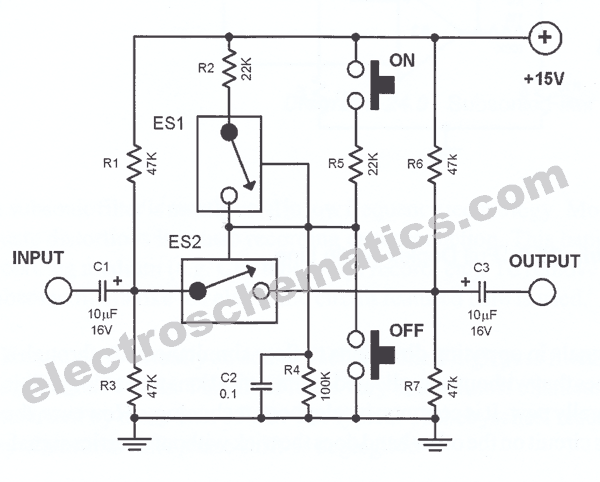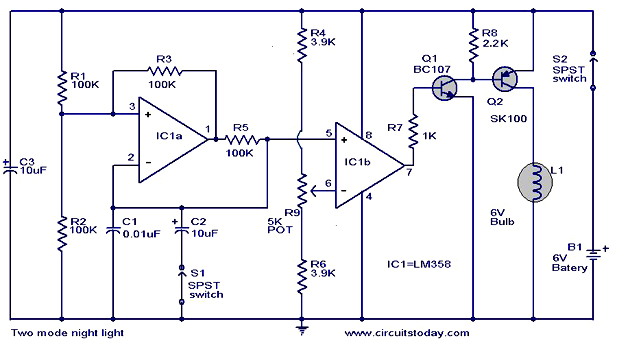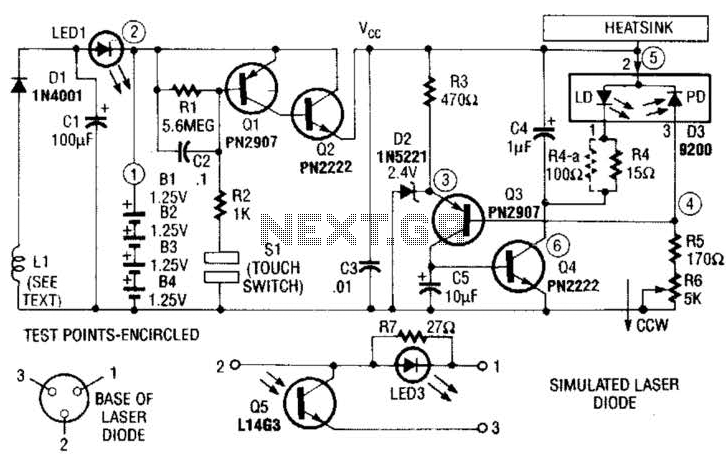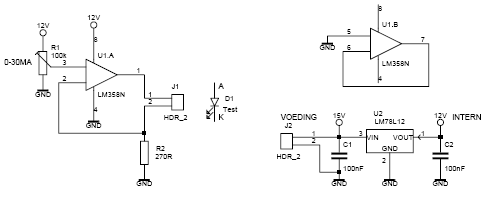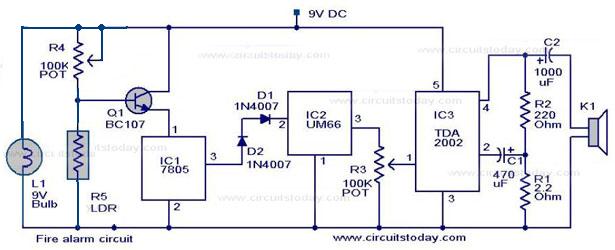
14 Volt Battery Charger Circuit Schematic Diagram
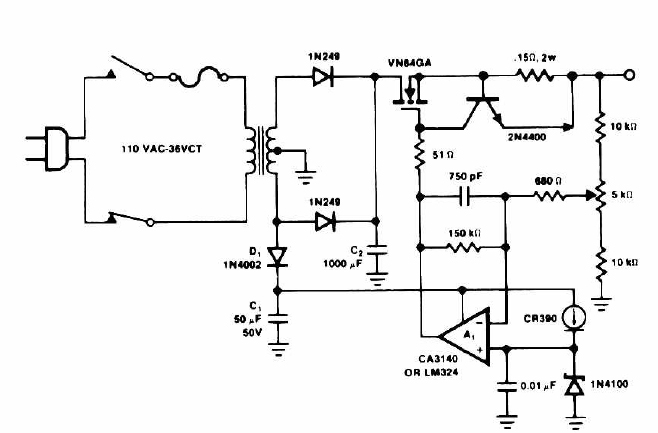
This circuit outputs a voltage of 14 volts with a maximum current of 4A. It can be used for NiCad batteries and accumulators, both wet and dry types. However, the accumulator must be rated for 12 volts and have a current capacity of 4A or higher. The current filter voltage is built using an IC such as the CA3140 or LM324, allowing for the use of either IC. The AC voltage is reduced by a transformer and rectified by a diode, which can handle up to 4A. This voltage is supplied to the circuit.
This circuit functions as a 14-volt battery charger, suitable for charging various types of batteries, particularly nickel-cadmium (NiCad) batteries and lead-acid accumulators. The design ensures that the output voltage is maintained at 14 volts, which is optimal for charging a 12-volt battery system. The maximum output current of 4A indicates that the charger can effectively charge batteries with a capacity of 4A or higher, making it versatile for different battery sizes.
The use of operational amplifiers such as the CA3140 or LM324 allows for precise regulation of the output voltage and current. These ICs can be configured in a feedback loop to maintain the desired output voltage, ensuring safe and efficient charging. The choice between the two ICs provides flexibility in design, allowing for the selection based on availability or specific performance characteristics.
The AC input voltage is first stepped down using a transformer, which reduces the voltage to a suitable level for charging. Following the transformer, a diode rectifier is employed to convert the AC voltage to DC. The diode must be selected to handle the maximum forward current of 4A, ensuring reliability and preventing damage during operation.
Overall, this circuit represents a reliable and efficient solution for charging 12-volt batteries, incorporating essential components for voltage regulation and current control, while ensuring compatibility with various battery types.This Circuit have output voltage 14 volt with current maximum 4A. Can be use on nicad battery and accu, wet and dry. But the accu must be 12 Volt and have current 4A or higher. The current fillter voltage build of IC CA3140 or LM324. You can which two IC. From the AC voltage will be lowered by trafo and rectified by diode. You can use diode up to 4A, this voltage to be supply for circuit. You are reading the Circuits of 14 Volt Battery Charger Circuit And this circuit permalink url it is 🔗 External reference
This circuit functions as a 14-volt battery charger, suitable for charging various types of batteries, particularly nickel-cadmium (NiCad) batteries and lead-acid accumulators. The design ensures that the output voltage is maintained at 14 volts, which is optimal for charging a 12-volt battery system. The maximum output current of 4A indicates that the charger can effectively charge batteries with a capacity of 4A or higher, making it versatile for different battery sizes.
The use of operational amplifiers such as the CA3140 or LM324 allows for precise regulation of the output voltage and current. These ICs can be configured in a feedback loop to maintain the desired output voltage, ensuring safe and efficient charging. The choice between the two ICs provides flexibility in design, allowing for the selection based on availability or specific performance characteristics.
The AC input voltage is first stepped down using a transformer, which reduces the voltage to a suitable level for charging. Following the transformer, a diode rectifier is employed to convert the AC voltage to DC. The diode must be selected to handle the maximum forward current of 4A, ensuring reliability and preventing damage during operation.
Overall, this circuit represents a reliable and efficient solution for charging 12-volt batteries, incorporating essential components for voltage regulation and current control, while ensuring compatibility with various battery types.This Circuit have output voltage 14 volt with current maximum 4A. Can be use on nicad battery and accu, wet and dry. But the accu must be 12 Volt and have current 4A or higher. The current fillter voltage build of IC CA3140 or LM324. You can which two IC. From the AC voltage will be lowered by trafo and rectified by diode. You can use diode up to 4A, this voltage to be supply for circuit. You are reading the Circuits of 14 Volt Battery Charger Circuit And this circuit permalink url it is 🔗 External reference
